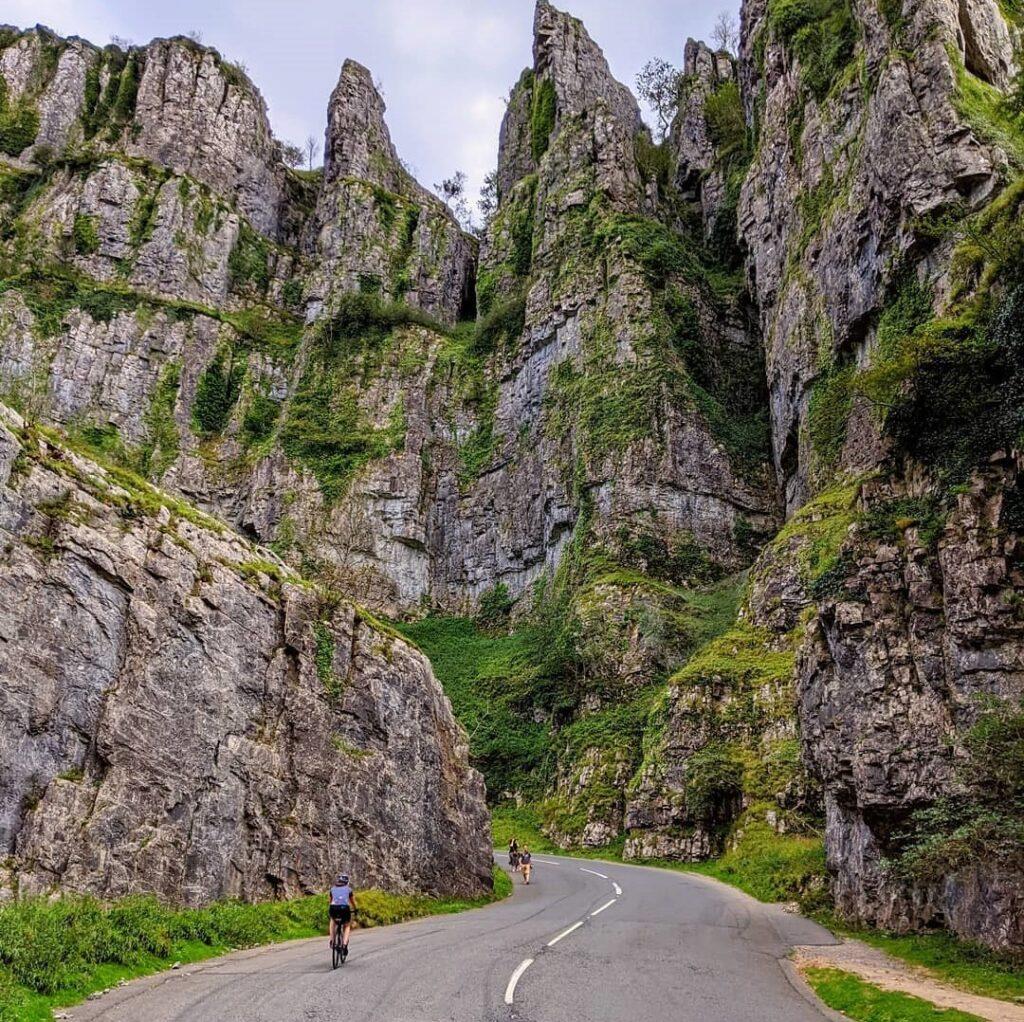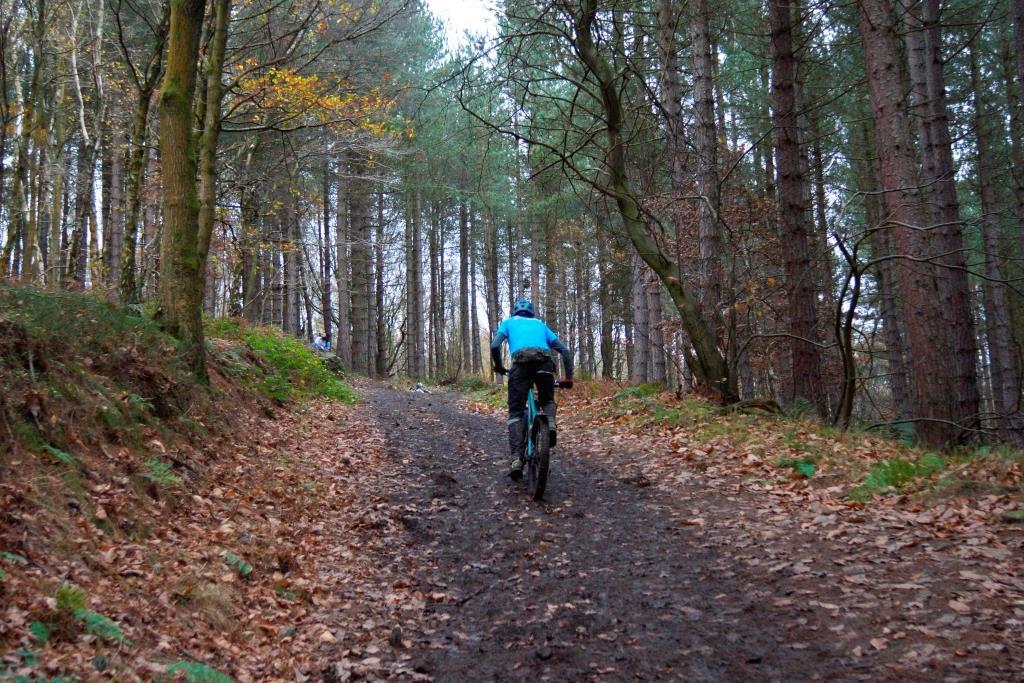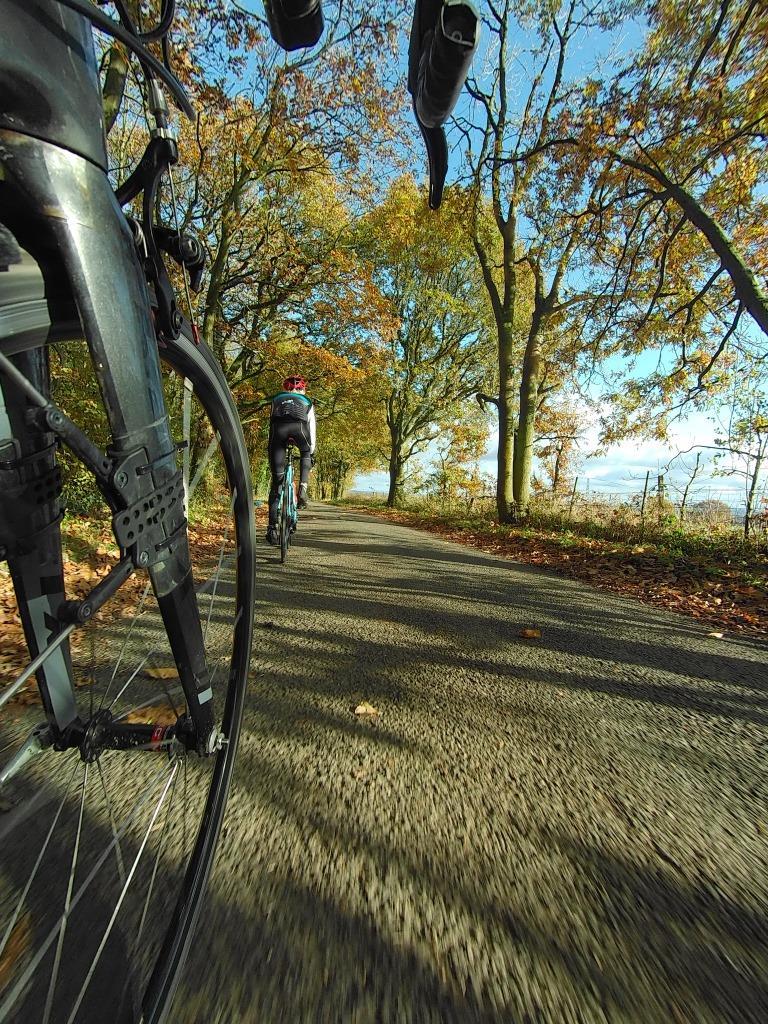Developing aerobic capacity is a win for any athlete, including strength and power sports. As a cycling coach and bike racer, my key interest is cycling performance but the principles in this article apply to other sports as well.
Aerobic capacity (or Aerobic Endurance/Efficiency) is your ability to move consistently for long sustained periods. It also enables your body to recover quickly from intense efforts.
Imagine it like the engine that turns fuel (carbohydrates & fat) into energy for your muscles to produce movement. This involves complex physiology, but luckily it is relatively straightforward to train through steady state training.
Steady state training refers to a type of training which is relatively low intensity and involves sustaining a constant intensity. It has particular benefits over other forms of training (e.g. H.I.T):
- Improved Recovery. Lower intensity training causes less muscular fatigue, which means you can be recovered sooner for a more intense training session. This is key for athletes needing to increase their chronic training load. Aerobic training can also reverse the negative effects of intense training, by reballancing the sympathetic and parasympathetic nervous systems. So low intensity training can often be better for recovery than complete rest.
- Time efficiency. At a tempo to low threshold pace you can train your body to increase its energy turnover, with relatively short training sessions (e.g. 1-1.5hrs). This is key if the event you are training for requires sustained power output for over 1hr.
- Prepare for more intense training sessions. In high intensity sessions, a limiting factor is how efficiently your cardiovascular system is able to work, and how quickly you can recover. Steady state training provides adequate stimulus for the lungs, heart and energy systems to adapt. This will mean you can train at a higher intensity for short-term muscular endurance.
- Add variety through cross-training. There’s nothing wrong with a cyclist jogging, rowing or swimming as long as they can maintain a steady pace for a long time without causing muscular fatigue. This makes this form of training more appealing and less demanding psychologically. Freeing up focus for more specific training
- Develop specific techniques. For example, a track or BMX rider could use time on a road bike, training at a low intensity to develop speed ability (cadence), whilst also recovering from a previous strength session.
- Improves focus and cognition. Decision making under physiological stress requires your brain to get enough fuel and oxygen. If you are better adapted to greater energy demands then you can think faster and clearer under pressure.
- Turn food into fuel. If you are training for a high calorie turnover (e.g., 3-6hr races or multiday events), then your body has to adapt to consuming and utilising enough calories to fuel that exercise. Your body needs to be trained to use fuels (fat & Carbohydrate) effectively, which requires exposure to long exercise durations.
Now we’ve established why you should do it. But how do you do it well? And what are some common errors?
1. Train at low and moderate intensities
If you aren’t familiar with training zones, have a read of these guides: RPE Scale & Heart Rate Zones.
Low intensity is the ‘Endurance’ Zone. This is the pace you can sustain for several hours without being out of breath or experiencing significant muscular fatigue. Your heart rate needs to be sustained at an elevated level, roughly 60% & 85% of threshold HR, depending on your current fitness level.
Moderate Intensity may be referred to as Tempo, Sweetspot or Sub-Threshold Intensity. This is the pace you can sustain for 1 – 2hrs before feeling some muscular fatigue. Breathing should still be fairly normal and HR will be elevated to 80-95% of threshold HR. Unlike Low Intensity training, fatigue will start to kick in quicker as this intensity is more demanding on your energy systems.
You should train at both intensities. The ratio will come down to your goals, training experience and time available.
*Threshold HR – Heart rate at functional threshold power (FTHR), i.e. average heart rate for a 60min flat out effort. HR is highly variable, and you need to learn to guage the intensity level by RPE alongside other measures such as power and HR. HR monitors and power meters have their uses but they are by no means essential, so dont worry if you dont have these.
2. Elevate Heart Rate for longer than 15 minutes
As it’s the cardiovascular system we are targeting (heart, lungs, blood vessels), maintaining a consistently elevated HR is the stimulus you need to adapt. It’s OK to have breaks in your ride, but if the periods of elevated HR are less than about 15mins, then the session is going to have less than optimal stimulus.
Aim for HR to fluctuate no more than about 30% of Threshold HR, from your target level. If you are frequently accelerating, or digging deep on climbs your HR be fluctuating a lot. This is not what we want as you will be causing more muscular fatigue than necessary.
3. Watch out for too much ‘grey zone’ riding.
Grey zone refers to training that tires your muscles out but doesn’t challenge your aerobic or muscular systems in an optimal way. Doing every ride like this is an easy trap to fall into if you don’t have challenging goals, or your weekly training load doesnt stretch you.
A common culprit of this type of ride are ‘smash-fests’ – going out with a group of mates, attacking on every hill and driving the pace at an off and on intensity. Yes, your legs might feel smashed when you get home but often this type of ride lacks the sustained intensity to improve aerobic capacity. A better group training session, is a chaingang session where you are working at around threshold for over 1h, but still a relatively smooth pace.
4. Increase the time you spend exercising
This is where I think some coaches and riders miss the point. Steady state training can be relaxed and non-sport specific – so don’t make it too constrictive. Spending hours on the turbo at exactly 75% FTHR may be no better than making up your training time with multiple periods of different exercise. Particularly if you are a time crunched athlete.
For many endurance cyclists, getting the hours in is difficult. But with a bit of forethought, you can make changes that can increase your training time by 2hrs a week e.g. jogging, walking or cycling to work.
5. Get hilly rides right
I live on the edge of the Peak District where it’s hard to avoid steep hills. But a few years of road racing has given me a good feel for how much is too hard.
The ideal way to pace a hilly route for steady state is to pace the hills much easier than you feel is natural, then push the pace harder (but steady) on the downhills. This will smooth out the intensity fluctuations due to the hills.
When you are rolling into the start of the climb, select an easier gear and increase your cadence, allowing your speed to drop to the pace you can steadily maintain for the whole climb.
Plan your route to avoid downhills that are so steep it’s not safe to pedal, or try to time recovery periods for downhills.

6. Don’t be afraid to go off-road.
The benefit of steady state training off road is that you have a lot more tyre and ground resistance, so it’s easier to maintain a specific intensity at relatively low speed. On the road, maintaining a steady 22mph for a steady sweetspot pace, can feel unsafe in winter conditions and rolling routes. Whereas the equivalent intensity off road may only be 14-16mph. Training off-road can avoid the hustle and bustle and even give you some time to catch up on a podcast or listen to music.

In summary…
Training for aerobic capacity is simple. There’s no need to be smashing yourself in HIT or Vo2max sessions to see a significant improvement. Simply increasing your time spent training at a steady pace each week by around 2 hours can have a big impact.
If you can master steady state, you’ll feel fitter, recover faster and stay energised for other types of training. Please comment below or get in touch to hear more.


Comments 1
Pingback: What Makes a Fast XC Racer? How to Prepare for a XC MTB Race - Rideabout